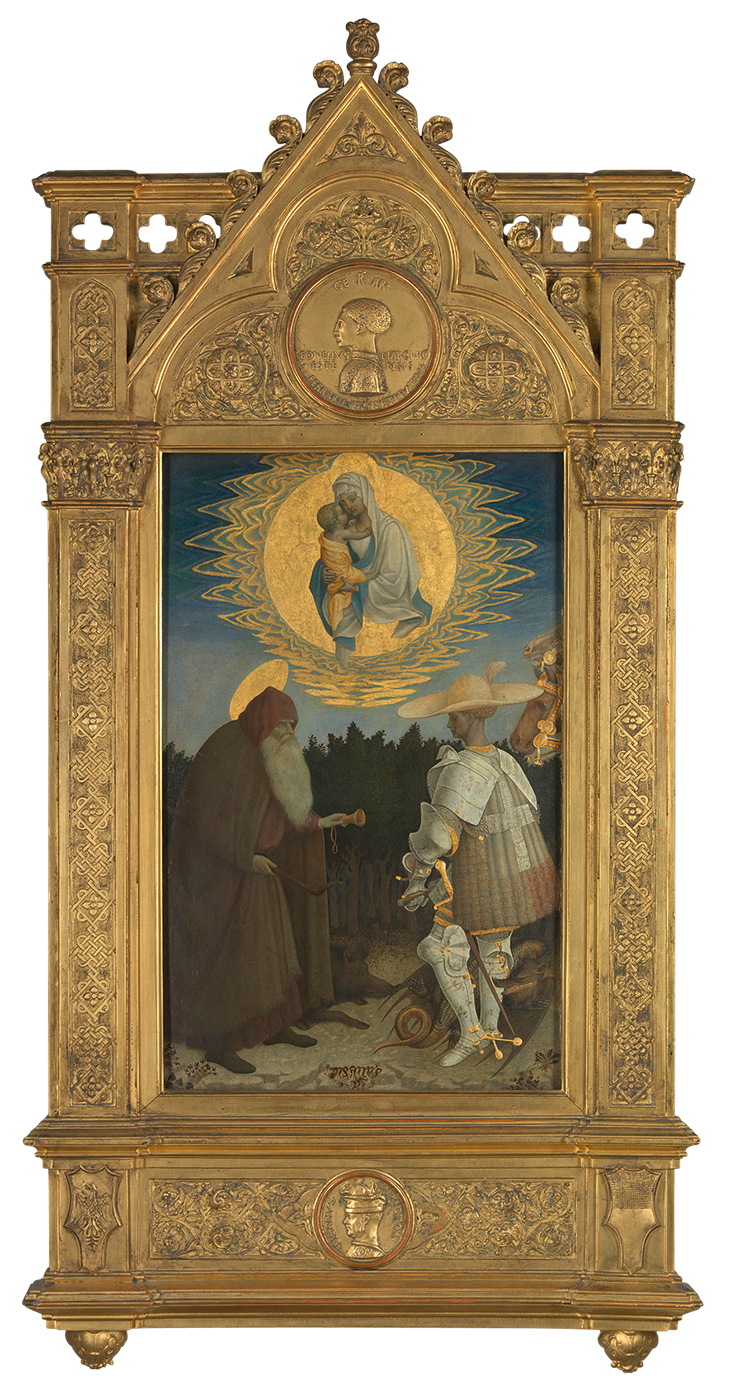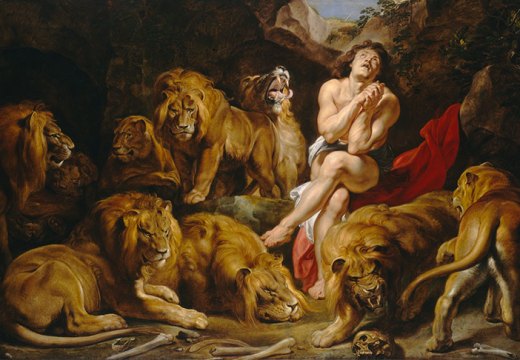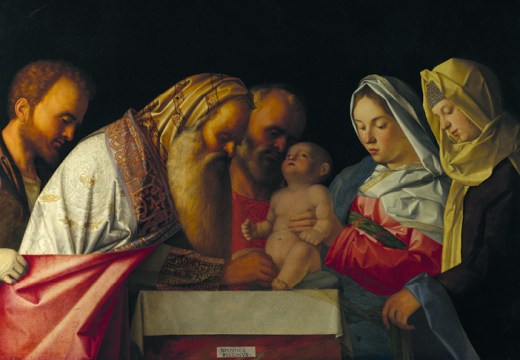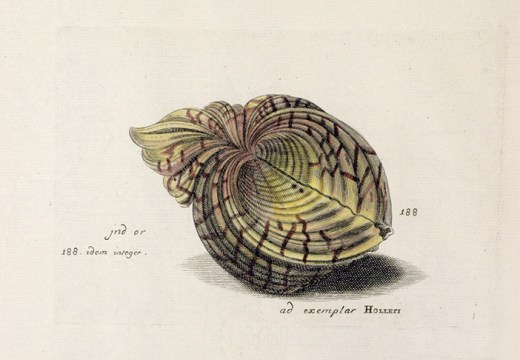The second part of the curious title of this beautifully illustrated and learned book is a coded warning as to what it does not include. There is, for example, nothing here on the identifiable works by Renaissance woodcarvers such as Giovanni Barile (active in Siena in the early 16th century) or on the Del Maino family (working in Lombardy and responsible for the retable into which Leonardo’s Virgin of the Rocks was to be fitted). There is very little on the types and evolution of ornament (the increasing use of the grotesque and the arabesque, for example), nothing on technique (pastiglia, embedded glass paste, cartapesta, sgraffito). In fact, the book is not really focused on frames at all, if by frames we mean picture frames.
Moreover, its author is not impressed by the labours of other scholars on that topic. To designate picture frames as ‘cassetta’ or ‘aedicular’ is, she tells us, to adopt ‘gallery and art market terms’ – favoured only, we infer, by a lower class of scholar. These terms seem to me to be rather useful to describe types of frame. I have even thought of introducing some variant terms such as ‘aedicular cassetta’, where the upper mouldings constitute a cornice but where there is no pediment, or ‘un-corbelled aedicular’ when, as so often, the supporting element, often furnished with a candle holder (the candle intended as much for honour as for illumination), has been lost. But then I recall the ridiculous nature of Polonius’s categories.
Wright is keen to reveal to us some of the ways in which museum frames distort our understanding of religious images, not only by removing them from their original setting but by turning them into ‘works of art’. Thus, one aedicular frame that she does discuss in detail is the beautiful and erudite Italian (surely Milanese) Gothic-Revival one around Charles Lock Eastlake’s Pisanello, now in the National Gallery. (Eastlake did not make it, and may not even have designed it in detail.) She notes that Wilhelm von Bode at his museum was exceptional in not displaying paintings and sculpture separately from the furniture ‘to which these arts had been harnessed and integrated in the fifteenth and sixteenth centuries’. He was exceptional among museum curators, but he was surely inspired by the way dealers such as Michelangelo Guggenheim in Venice and Stefano Bardini in Florence presented their wares. These dealers in turn influenced collectors such as Isabella Stewart Gardner (discussed by Wright elsewhere).

The Virgin and Child with Saints (c. 1435–41), Pisanello. Photo: © National Gallery, London
The ‘frames’ on which Wright has been working in this book include Alberti’s ‘window’ and the borders within borders in (or ‘on’, or ‘within’) the illuminated pages of manuscripts. There are discursions on the meaning of the words ornamento and honore; a survey of columnar pedestals for sculpture in 15th-century Renaissance paintings as well as those actually employed; a commentary on the tall and fantastic thrones of the Virgin (there is a passing nod here to ‘phallic verticality’) within altarpieces, especially those of the late 15th century in north-east Italy; a discussion of the ‘cloth of honour’ made of luxury textile and its implications for pictorial space in paintings of the Virgin; an account of the Florentine sacramental tabernacle. And much else including even the ignudi of the Sistine ceiling. These are described as attracting ‘the gaze to their own brilliant fugal contortions, their movement being entirely excessive to its functional motivation’. This is a fair sample of the author’s style, which can be quite delightful (I am planning to adopt the adjective ‘fugal’) but often ‘excessive to’ lucid exposition. And it is time to purge the word ‘gaze’.
These may sound like disparate topics, but Wright weaves them together skilfully. Readers will find their awareness of the complex and often partly lost meanings of the works of art illustrated here to be greatly enhanced. Their general understanding of how differently images were at the time perceived will also be deepened. Complex theology, sociology and even anthropology are indeed often what the author emphasises. Some scepticism is recommended. For example, Wright speculates that the ‘barred, lower window of the Virgin’s chamber’ in Crivelli’s Annunciation, with Saint Emidius in the National Gallery is ‘referencing perhaps the barred window of the S[anta] Casa of nearby Loreto’ – and yet every Italian Renaissance palace (except those in Venice) was protected in this manner at that date.
If there is a part of the book that might have benefited from separate publication it is the detailed discussion of the extraordinary bronze pedestal (certainly cast by the Lombardi brothers but perhaps designed, at least in part, by others) of the Idolino, that once familiar antique statue, now to be found in the little-visited National Archaeological Museum in Florence. Not only is this later in date than most of the other works of art Wright discusses, but it relates to displays of antique sculpture, a topic at which she only glances.
The frequent citations of the work of other Renaissance scholars in the text (in addition to the notes and prefatory acknowledgments) and the methodological preambles, often in the first-person singular, as well as the frequent invocation of the ontological and phenomenological, can sometimes suggest that the author is over-concerned with the approbation of her peers. It is no doubt true that much Renaissance art was made for an elite and some of it for a highly educated one, but it’s sad that so many of the most intelligent commentators on it today seem to be concerned to address a modern elite. There is a large educated public eager to find out more about such matters as frames and thrones and pedestals. This book can be warmly recommended to them, but with a warning that they will often have to ponder ‘vehicles of distinction’, ‘mediators of looking’ and ‘matrices of disclosure’.
‘Frame Work: Honour and Ornament in Italian Renaissance Art’ by Alison Wright is published by Yale University Press.
From the June 2019 issue of Apollo. Preview the current issue and subscribe here.
Unlimited access from just $16 every 3 months
Subscribe to get unlimited and exclusive access to the top art stories, interviews and exhibition reviews.














![Masterpiece [Re]discovery 2022. Photo: Ben Fisher Photography, courtesy of Masterpiece London](http://www.apollo-magazine.com/wp-content/uploads/2022/07/MPL2022_4263.jpg)
It’s time for the government of London to return to its rightful home